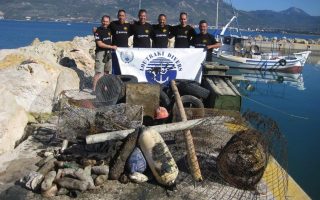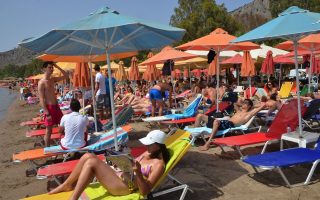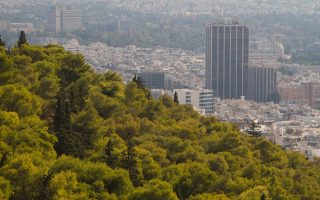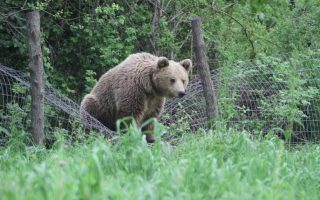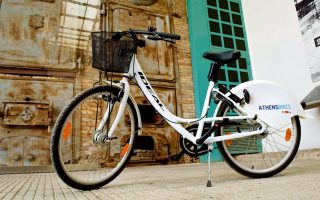Archelon observes the march of the sea turtle hatchlings on Crete
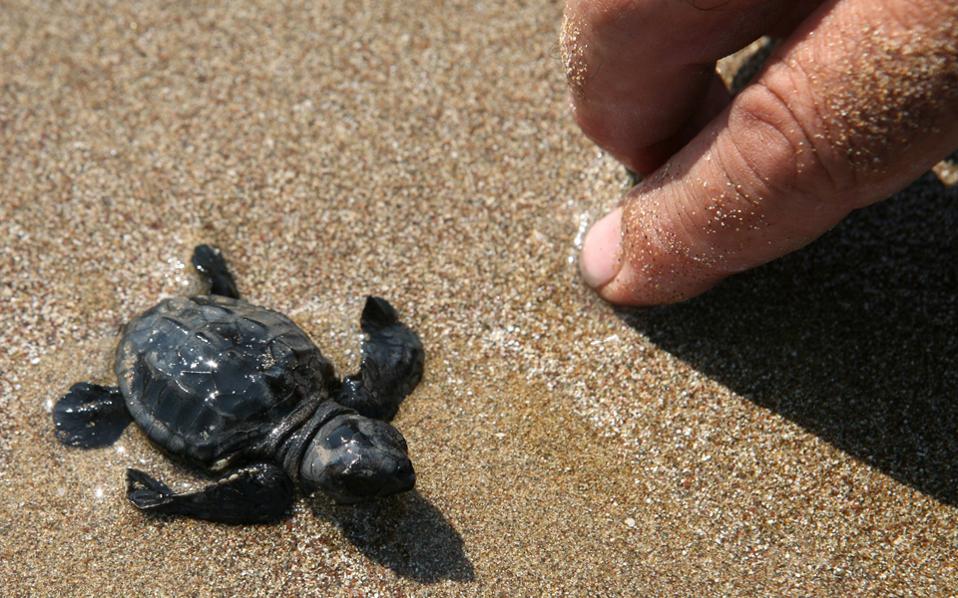
Young people from all over Europe volunteering with Greece’s Archelon Sea Turtle Protection Society on the island of Crete were thrilled last month to welcome this season’s first baby Caretta caretta to emerge from its egg and make its valiant way to the sea.
“These are emotional experiences, because most of the volunteers have traveled hundreds of miles to come here and work hard, starting their day at 5 in the morning,” says Archelon Crete program director Athanasia Nikolopoulou. While the Caretta caretta, or loggerhead sea turtle, can be found in many areas around the world, it is today considered endangered, and one of the greatest threats it faces is human encroachment on the sandy beaches that constitute its nesting sites.
Ten days after the first hatchlings emerged, the nongovernmental organization began carefully digging up the nests to determine this year’s hatching success rate, with Nikolopoulou saying that 50 percent of the eggs were found hatched, when the usual rate is around 75 percent.
The digs also allow volunteers to help any hatchlings that are having trouble getting out of the nests.
“We are not allowed to handle or transport them; we just make it easier for them to find their way to the sea,” Nikolopoulou says.
Another important task is clearing nesting sites that are also used by beachgoers of sun loungers in the evening and making sure that bars and clubs in the vicinity are keeping their lights and music down.
“Lights confuse the turtles, which may think that they indicate the direction of the sea,” says Nikolopoulou. “By their reasoning, the brightest light should be the moon reflected on the sea’s surface.”
Crete is Greece’s third most important loggerhead nesting area. Since mid-May, 140 nests have been recorded in Rethymno, 114 in Hania and 90 in Messara. Archelon’s volunteers have been assigned accordingly: 30 each in Rethymno and Hania, and 20 in Messara. Their mornings are spent walking kilometers across the sand looking for traces of turtles and hatchlings, which tend to come out at night. In the evening, they make sure to erase as much as they can of man’s presence around the nesting sites. In the meantime, they also raise awareness at the group’s three information points, at Hania’s old harbor, the Venetian port in Rethymno and at the resort of Matala.
“We also get a lot of phone calls from members of the public who find nests and want to know what they ought to do,” says Nikolopoulou.
Throughout the summer, Archelon Crete will be updating its Facebook page with new developments.
“The first hatchlings are now off, swimming through the seas off Crete and beyond, facing all sorts of threats,” says Nikolopoulou. “If they make it to the age of 25, they’ll return to the beaches of Crete to reproduce.”
